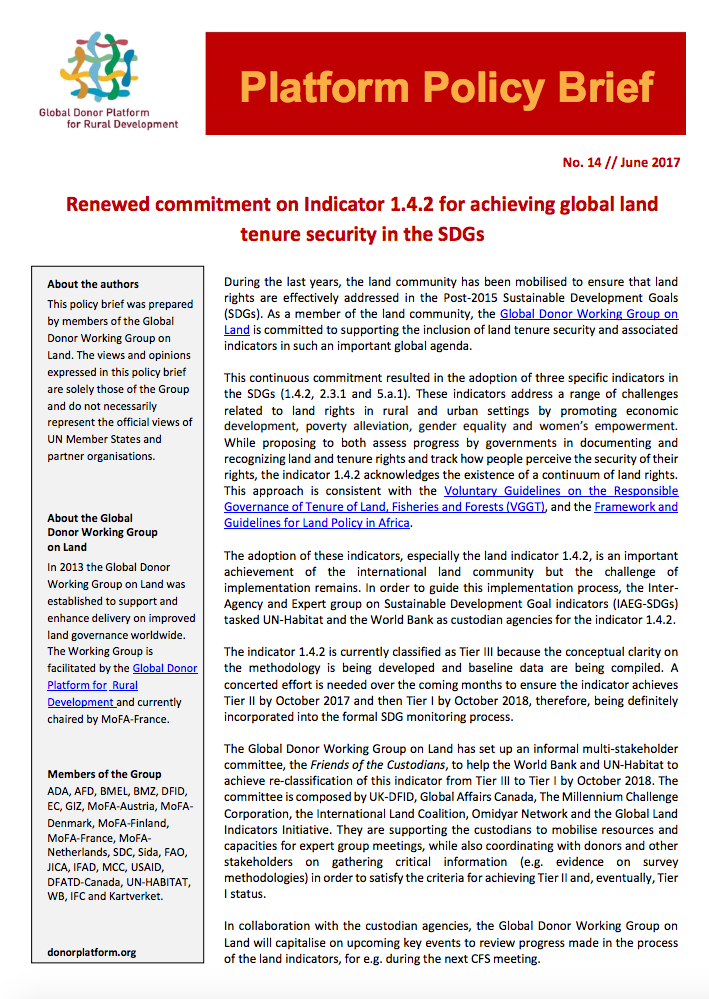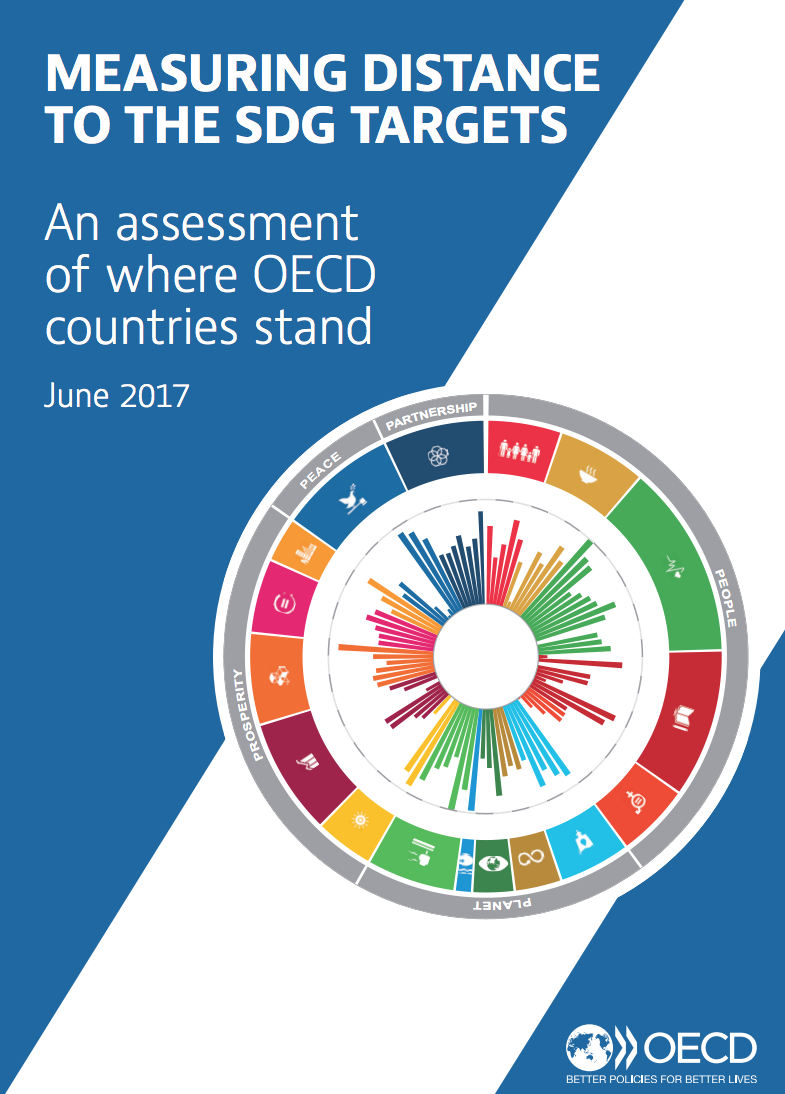Development of tidal areas: some principles and issues towards sustainability
The coastal zone comprises only 3% of the earth's surface, but contains a disproportionately high amount of its assets. Tidal areas include all those coastal areas where the tidal processes are capable of affecting man's activity or of being influenced by man. Tidal areas differ greatly depending on their location, geophysical conditions, climate, tidal range and cultural differences. Throughout the world, tidal areas have been and are being developed. These developments will continue as food production will need to be doubled in the next 25 years.




